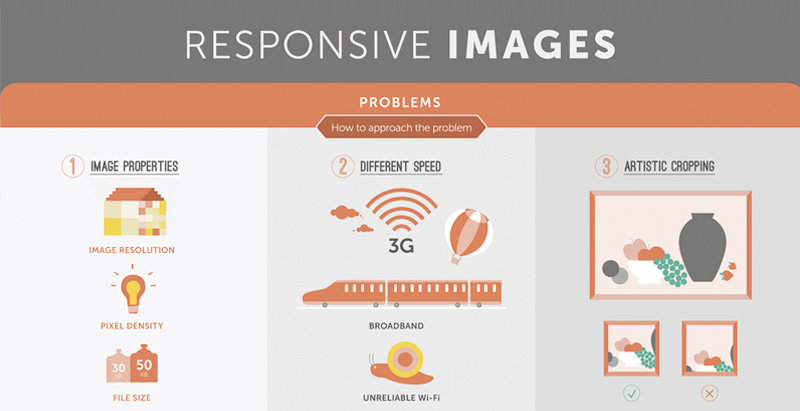Keen To Discover How Internet Site Style Has Changed Over Time? Study The Advancement From Simpleness To User-Focused Experiences
Keen To Discover How Internet Site Style Has Changed Over Time? Study The Advancement From Simpleness To User-Focused Experiences
Blog Article
Staff Author-Rasmussen Peters
In the past, websites were straightforward and focused on information. Navigating was straight, and design was for desktop computers. Now, individual experience is essential. Data overviews designs for easy navigating. Receptive formats fit different tools. Today, dark mode lowers pressure, and minimal food selections improve navigating. Interactive functions involve users, and bold visuals stand apart. AI assimilation boosts interaction. See how layout has progressed to improve your on the internet trip.
Very Early Days of Web Design
In the early days of website design, simplicity preponderated. Web sites were fundamental, with restricted shades, typefaces, and designs. The focus was on providing details as opposed to flashy visuals. Individuals accessed the internet with slow-moving dial-up links, so speed and performance were key.
Navigating food selections were straightforward, commonly located on top or side of the web page. Websites were developed for desktop, as mobile browsing wasn't yet common. Material was king, and developers prioritized simple readability over complicated design elements.
HTML was the primary coding language utilized, and developers needed to work within its constraints. Computer animations and interactive attributes were minimal compared to today's standards. Web sites were static, with little vibrant material or tailored customer experiences.
Rise of User-Focused Design
With the evolution of website design, a shift in the direction of user-focused design principles has actually ended up being significantly popular. Today, producing sites that prioritize customer experience is vital for engaging visitors and accomplishing business goals. User-focused design includes comprehending the requirements, choices, and actions of your target audience to tailor the website's layout, web content, and includes appropriately.
Designers now carry out thorough study, such as individual surveys and usability screening, to gather understandings and comments directly from individuals. This data-driven technique aids in developing user-friendly navigation, clear calls-to-action, and visually appealing interfaces that reverberate with visitors. By positioning the individual at the facility of the design procedure, internet sites can provide a more individualized and pleasurable experience.
Receptive design has actually additionally emerged as a crucial facet of user-focused layout, making sure that sites are enhanced for various devices and screen dimensions. This flexibility improves availability and functionality, catering to the diverse methods individuals interact with internet sites today. Basically, the surge of user-focused style indicates a shift towards developing digital experiences that focus on the demands and assumptions of the end user.
Modern Trends in Website Design
Explore the most recent fads shaping website design today. One prominent pattern is dark mode design, using a sleek and modern-day look while lowering eye strain in low-light atmospheres. One more essential fad is minimalist navigating, streamlining food selections and enhancing user experience by focusing on essential elements. Integrating micro-interactions, such as animated switches or scrolling results, can produce a much more appealing and interactive internet site. Responsive style continues to be crucial, making sure smooth individual experiences throughout different devices. Additionally, using bold typography and asymmetrical formats can include aesthetic passion and accentuate specific material.
Integrating AI modern technology, like chatbots for consumer assistance or customized referrals, improves customer interaction and streamlines procedures. Accessibility has additionally end up being a substantial pattern, with designers focusing on inclusive design practices to deal with diverse user requirements. Accepting sustainability by optimizing web site efficiency for rate and effectiveness is one more arising pattern in website design. https://scaddistrict.com/2022/07/03/3-essential-seo-tips-for-your-online-portfolio/ with individual feedback and information analytics to iterate and boost layout constantly is important for remaining pertinent in the ever-evolving electronic landscape. By embracing these modern trends, you can create an aesthetically enticing, easy to use site that resonates with your audience.
Final thought
As you review the development of internet site layout from the very early days to now, you can see exactly how user-focused design has actually become the driving force behind contemporary fads.
Accept the journey of change and adjustment in web design, always keeping the individual experience at the leading edge.
Tippingpointdigital
Remain current with the latest trends and modern technologies, and never stop developing your approach to create visually stunning and user-friendly websites.
Develop, adapt, and develop - the future of website design remains in your hands.
